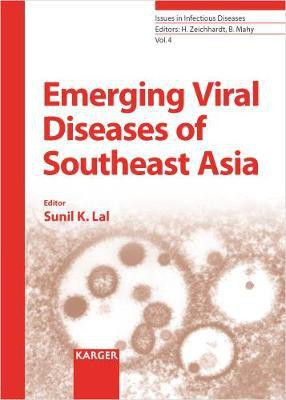Emerging Viral Diseases of Southeast Asia(English, Electronic book text, unknown)
Quick Overview
Product Price Comparison
Southeast Asia has been the breeding ground for many emerging diseases in the past decade, e.g. the avian flu (H5N1) in Hong Kong in 1997, Nipah virus encephalitis in Malaysia in 1998, and, above all, the SARS outbreak in Southern China in 2002. Risk factors contributing to this situation include being economically disadvantaged, sub-standard health care, changes in ecosystems, poor farming practices, but also increasing global travel and tourism. Currently, H5N1 is considered one of the greatest dangers to humans due to its wide host range, rapid mutation rate and increasing virulence - a global pandemic seems almost unavoidable. In this book, leading experts discuss the threat posed by emerging viruses and describe ongoing efforts to face future outbreaks by searching for new antivirals, developing new vaccines, and improving methods of diagnosis and surveillance. Viruses under consideration include SARS coronavirus, avian influenza virus H5N1, henipaviruses, Ross River virus, and viruses causing diseases in fish and shrimp. Because of a lack of infrastructure and trained manpower in Southeast Asia, these countries depend on international collaboration, funding and technical assistance to strengthen regional expertise in their fight against emerging diseases. Primarily aimed at scientists and medical doctors, this book will also be of interest to policy makers, governmental and non-governmental organizations and anyone who is concerned with public health and epidemiology.


